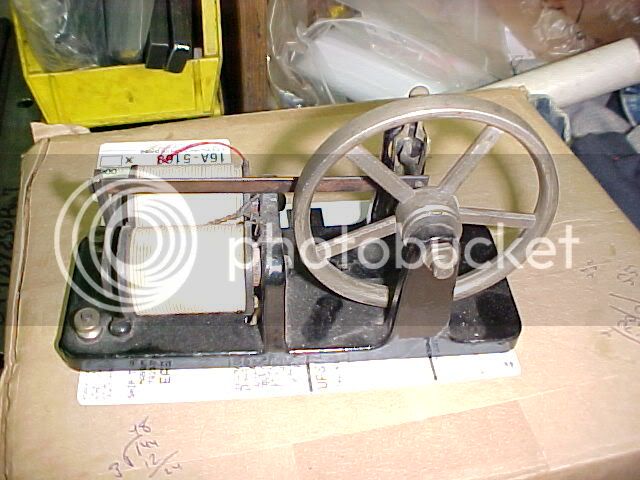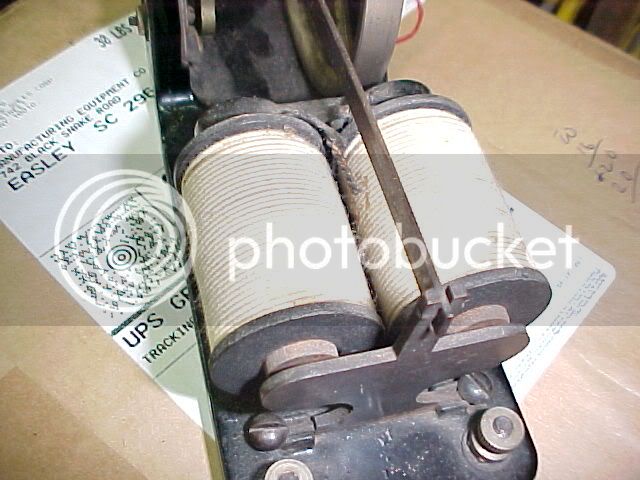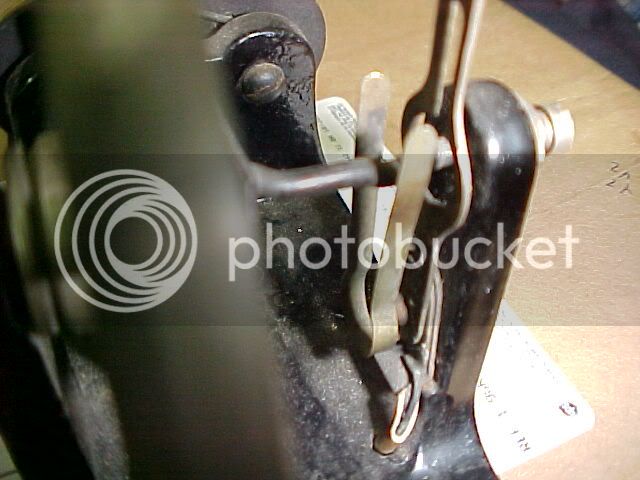B
Bogstandard
Guest
Chuck,
You are doing it the right way.
You are being an experimental engine builder.
Fixing it as you come across problems.
You can only get it near enough while building these little engines, it is the fine tuning afterwards that gets them spot on.
We have a saying for it in the UK.
It is 'suck it and see'.
John
You are doing it the right way.
You are being an experimental engine builder.
Fixing it as you come across problems.
You can only get it near enough while building these little engines, it is the fine tuning afterwards that gets them spot on.
We have a saying for it in the UK.
It is 'suck it and see'.
John









